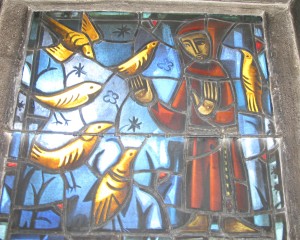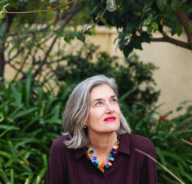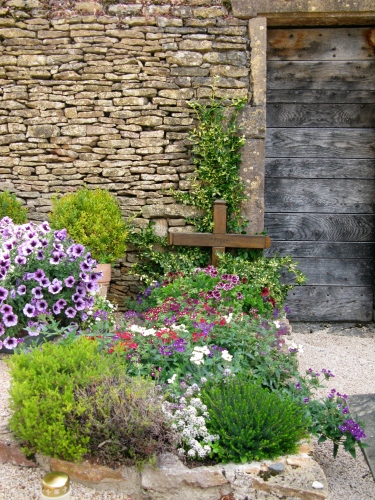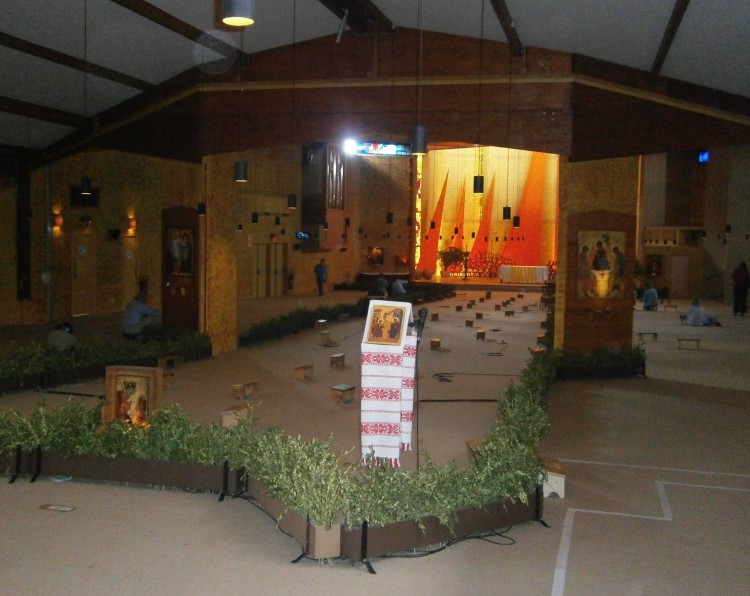 No one can say for sure why so many people— young people, especially— began flocking to the little church in Taize to pray with Roger and the Brothers, but come they did, Catholics and Protestants alike. Within two years, there were 12 Brothers living in the house in Taize. Roger felt they should “be signs of Christ’s presence” outside the small village as well, and so two Brothers were sent to live in a nearby mining town, to work the mines with the people and to help in their struggles. As the community grew, more Brothers were sent out, even to the ends of the earth. And still the young people came, so many that they were spilling out of the little church, beyond the courtyard and down the road. Despite Brother Roger’s vision of forming a small community of men who would live out the Gospel in prayer and silence, he had to accept the fact that the Holy Spirit seemed to be leading them in a different direction— based in community, to be sure, but somehow growing to serve the seekers and believers who kept appearing.
No one can say for sure why so many people— young people, especially— began flocking to the little church in Taize to pray with Roger and the Brothers, but come they did, Catholics and Protestants alike. Within two years, there were 12 Brothers living in the house in Taize. Roger felt they should “be signs of Christ’s presence” outside the small village as well, and so two Brothers were sent to live in a nearby mining town, to work the mines with the people and to help in their struggles. As the community grew, more Brothers were sent out, even to the ends of the earth. And still the young people came, so many that they were spilling out of the little church, beyond the courtyard and down the road. Despite Brother Roger’s vision of forming a small community of men who would live out the Gospel in prayer and silence, he had to accept the fact that the Holy Spirit seemed to be leading them in a different direction— based in community, to be sure, but somehow growing to serve the seekers and believers who kept appearing.
As it happened, one of the new Brothers had been an architectural student before taking his vows at Taize, the first monastic order of the post-reformation era. He designed what would become The Church of Reconciliation to be built on an adjoining parcel of land, the funds for which were supplied by a German group that was formed to rebuild areas destroyed by the war, a group whose name meant literally, “sign of atonement/reconciliation.” Although the church was magnificent in its beauty and simplicity, Roger hated it. Felt the bigness of it went against everything he believed in. Struggled to reconcile his own vision for a small community with this massive ark-like tabernacle. The church was dedicated in 1962, and within a year, the space was filled to capacity. A decade later, even the massive church was not enough for the steady stream of young people who came not only from Europe, but America and Asia and Africa. In 1971, with Easter fast approaching and reservation requests coming in by the hundreds, the Brothers were faced with a hard choice: turn the young people away, or make more room. “With sledgehammers in hand,” writes Jason Brian Santos, “the brothers tore down the [back] wall and in its stead erected an old red-and-white striped circus tent,” that would open up the church and accommodate all who came. This tent has now become home to the adult meals and Bible studies as the church itself has been reexpanded with a new adaptable design that can grow to hold up to 6,000 worshippers on festival days such as Easter and Pentecost.
After praying in the little Romanesque church where Brother Roger is now buried, I walked back up the road past the Welcome Center, through the young people’s meal area, and onto the Church for the evening prayers. I could still feel the cool stone and the musty air in the space where a few humble and devout men had helped build a seemingly impossible bridge. But to where? Back home, when I visit Saint Andrew’s Abbey, as much as they love me, and as much as they wish it were not the case, they are not allowed to serve me, a non-Catholic, communion. Divisions prevail, and they can’t. They mustn’t. There are too many other bridges that need building.
I knelt on the floor and sung that night what we become one of my favorite Taize chants The Kingdom of God is justice and peace and joy in the Holy Spirit. Come, Lord, and open in us the gates of your kingdom . I watched the Brothers as they glided in in their white robes, each with their individual callings, each from different denominations, each taking vows that allowed them to hold onto their roots— and to honor the roots of the other— while stripping their common faith down to the essentials, to the Gospel of love, mercy, compassion, joy and trust. This is how the impossible becomes possible, I thought. If they can do it, why can’t we?
Based on excerpts from “A Community called Taize” by Jason Brian Santos.


